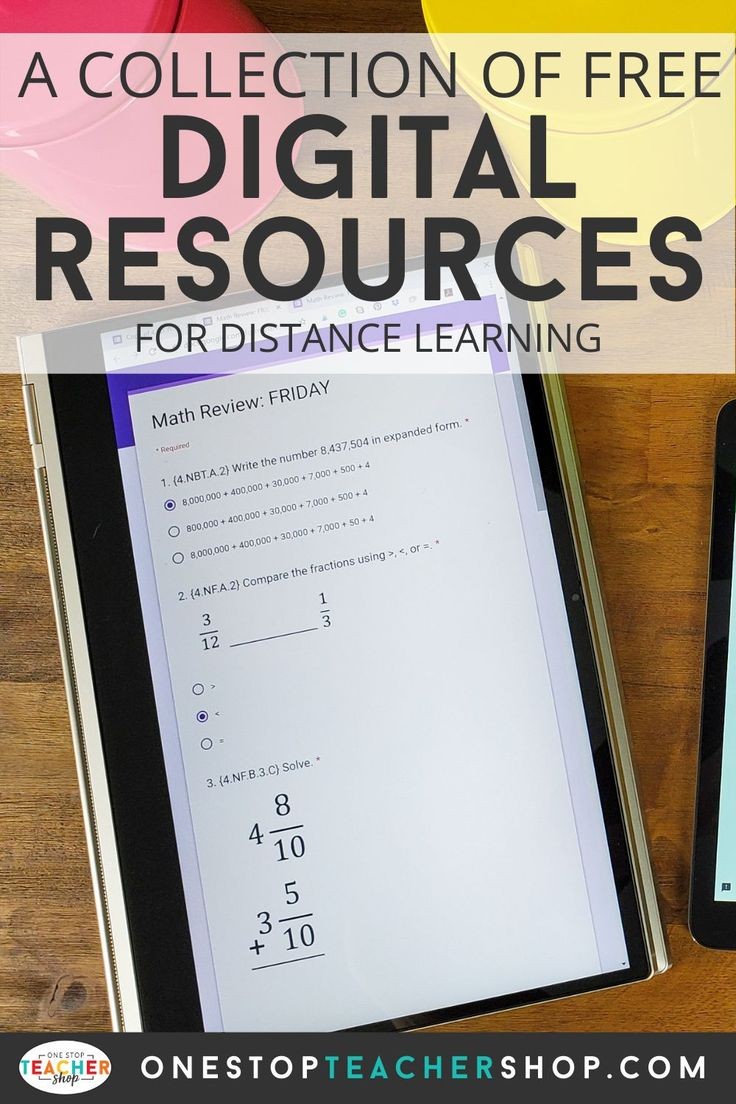Digital Learning Platforms

Digital Learning Platforms: Revolutionizing Education
Education has undergone a tremendous transformation in the past few decades. With the advent of technology, learning has become more accessible and flexible, making it possible for students to learn anywhere at any time. Digital learning platforms have played a significant role in this transformation, providing students with access to a vast range of educational resources, online courses, and tools to enhance their learning experience.
In this article, we will discuss digital learning platforms, their benefits, and how they are revolutionizing education.
What are Digital Learning Platforms?
Digital learning platforms are online platforms that provide educational content and resources to students. They offer a range of digital tools, such as online courses, assessments, quizzes, and interactive activities to facilitate learning. These platforms are designed to provide students with a personalized learning experience, enabling them to learn at their own pace and according to their individual learning styles.
Digital learning platforms are software applications or online platforms that enable educators and learners to access and manage digital educational resources, collaborate and communicate, and engage in interactive learning experiences. These platforms provide a range of tools and features such as online courses, video lectures, quizzes, interactive simulations, social learning communities, and personalized learning pathways.
Digital learning platforms can be used in a variety of contexts, such as K-12 education, higher education, corporate training, and lifelong learning. They can be accessed on desktops, laptops, tablets, and smartphones, providing learners with the flexibility to learn anytime, anywhere. Digital learning platforms have the potential to increase access to education, enhance the quality of learning experiences, and improve learning outcomes.
Benefits of Digital Learning Platforms

Digital learning platforms have a range of benefits for both students and educators. Some of the key benefits include:
Flexibility: Digital learning platforms offer students the flexibility to learn at their own pace and on their own schedule. This makes it possible for students to balance their studies with other commitments, such as work or family responsibilities.
Access to a vast range of educational resources: Digital learning platforms provide access to a vast range of educational resources, including online courses, textbooks, and multimedia resources. This enables students to learn about a variety of topics and subjects, even those that may not be available in traditional classrooms.
Personalized learning experience: Digital learning platforms are designed to provide students with a personalized learning experience. They use algorithms and analytics to track students' progress and provide them with customized learning paths and recommendations based on their individual needs and learning styles.
Enhanced student engagement: Digital learning platforms use interactive and engaging tools, such as gamification, quizzes, and interactive activities, to enhance student engagement and motivation. This makes learning more enjoyable and effective.
Cost-effective: Digital learning platforms are often more cost-effective than traditional classroom-based learning. This is because they eliminate the need for expensive textbooks and materials, and students can often access courses and resources for free or at a lower cost.
Collaboration and social learning: Digital learning platforms also facilitate collaboration and social learning. Students can interact with their peers and teachers online, participate in group discussions, and share resources and ideas. This makes learning more interactive and collaborative.
Types of Digital Learning Platforms
There are several types of digital learning platforms available today. Some of the most popular types include:
Learning Management Systems (LMS): LMS is an online platform that provides teachers and students with access to course materials, assessments, and other learning resources. It also enables teachers to track students' progress and provide feedback.
Massive Open Online Courses (MOOCs): MOOCs are online courses that are designed to be accessible to a large number of students. They are often provided by prestigious universities and offer a range of courses on various topics.
Adaptive Learning Platforms: Adaptive learning platforms use algorithms and analytics to provide students with personalized learning paths based on their individual needs and learning styles.
Gamified Learning Platforms: Gamified learning platforms use gamification techniques to enhance student engagement and motivation. They often use game-like features such as badges, points, and leaderboards to reward students for their achievements.
Social Learning Platforms: Social learning platforms facilitate collaboration and social learning among students. They enable students to interact with their peers and teachers online, participate in group discussions, and share resources and ideas.
Challenges of Digital Learning Platforms
Digital learning platforms have revolutionized education by providing access to knowledge from anywhere, at any time. However, despite their many benefits, digital learning platforms also face several challenges. Here are some of the major challenges of digital learning platforms:
Technical issues: Digital learning platforms rely heavily on technology, which can be vulnerable to glitches, bugs, and crashes. Technical problems such as slow internet connectivity, hardware failures, and software incompatibility can disrupt learning and cause frustration among students and teachers.
Lack of personal interaction: Digital learning platforms often lack the personal interaction that traditional classroom settings provide. This can make it difficult for students to ask questions, get feedback, and engage in discussions with their teachers and peers.
Maintaining student motivation: Online learning can be isolating, which can lead to reduced motivation and engagement among students. Without the structure and accountability provided by traditional classrooms, students may find it challenging to stay on track with their coursework.
Ensuring equal access: Digital learning platforms require access to technology and internet connectivity, which can create inequities in education. Students from low-income families or rural areas may not have access to the technology and resources needed to participate fully in online learning.
Quality of content: The quality of content on digital learning platforms can vary widely, and it can be challenging for students and teachers to assess the accuracy and relevance of the information provided. Additionally, some platforms may prioritize profitability over educational value, which can compromise the quality of the content.
Data privacy and security: Digital learning platforms collect and store sensitive data about students and teachers, which can make them vulnerable to data breaches and cyber-attacks. Ensuring data privacy and security is essential to protect the confidentiality and integrity of this information.
Adaptability to different learning styles: Digital learning platforms may not be well-suited to all learning styles. Some students may thrive in an online environment, while others may struggle to learn effectively without face-to-face interactions and hands-on experiences.
Addressing these challenges requires a collaborative effort among educators, policymakers, and technology providers. By working together, we can create digital learning platforms that are more effective, accessible, and equitable for all learners.


You must be logged in to post a comment.